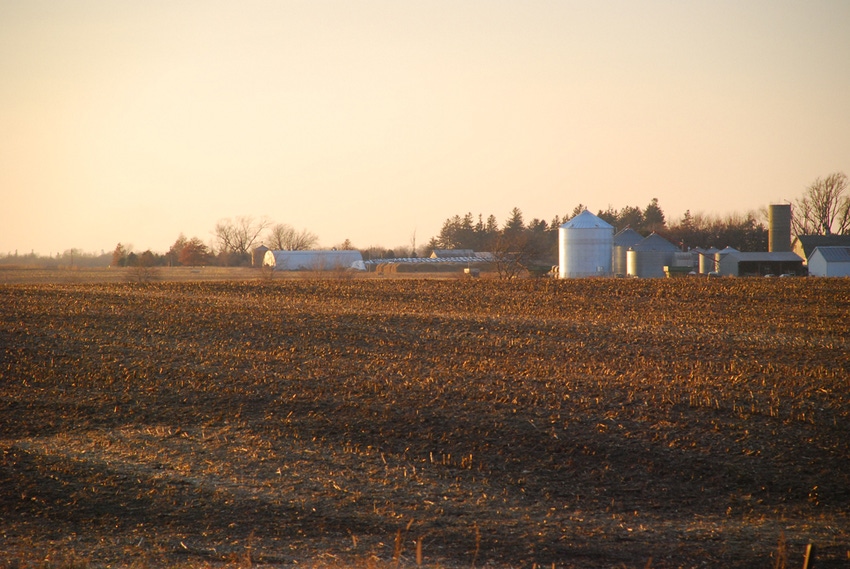October 9, 2013

The 2013-2014 marketing year for U.S. corn and soybeans is only in the second month. According to Darrel Good, a University of Illinois agricultural economist, there are many unknowns about the size of those crops, the strength of demand and price levels. In spite of those uncertainties, the market is trying to anticipate planted acreage in 2014, and some analysts are already forecasting acreage levels for next year.
“Anticipating acreage for 2014 is complicated by unfinished business with respect to 2013 acreage estimates,” says Darrel Good. “As background, the USDA’s National Agricultural Statistics Service (NASS) estimates that planted acreage of ‘principal crops’ from 2007 through 2012 ranged from 315.1 million (2011) to 326.3 million (2012).”
Principal crops include planted acreage of corn, sorghum, oats, barley, rye, wheat, rice, soybeans, peanuts, sunflower, cotton, dry edible beans, potatoes, sugar beets, canola and proso millet; harvested acreage of hay, tobacco and sugar cane; double-cropped acres; and unharvested small grains planted as cover crops. Variation in planted acreage reflects variation in the amount of double-cropped acreage, failed acreage replanted to another crop and the magnitude of prevented planted acreage.
Like what you're reading? Subscribe to CSD Extra and get the latest news right to your inbox!
“When the Farm Service Agency (FSA) estimate of prevented plantings is added to the NASS estimate of planted acreage, the total from 2007 through 2012 varied from 322 million (2007) to 327.5 million (2012),” Good says.
What about corn and soybeans?
“The current thinking seems to be that acreage will be shifted from corn to soybeans as the current large corn harvest will result in a substantial buildup of inventories and low corn prices in relation to soybean prices,” Good says. “That is certainly the current situation for old-crop prices. The ratio of November 2013 soybean futures to December 2013 corn futures is near 2.9. However, planting decisions should be based on new-crop prices. The current ratio of November 2014 soybean futures to December 2014 corn futures is about 2.4. New-crop soybean prices are at a discount to old-crop prices while new-crop corn prices are at a premium to old-crop prices. The lower new-crop price ratio may reflect the expected acreage shift but in fact discourages such a shift.
“Many corn and soybean producers have already made acreage decisions for 2014, and more decisions will be finalized as the current harvest is completed,” Good says. “If acreage of corn remains relatively large in 2014, the combination of trend yields and a very mature market for U.S. corn would result in a further buildup of inventories next year. Under that scenario, prices would be lower next year, not higher as currently reflected in the market.”
Read more about 2014 crop acreage estimates from the University of Illinois.
You might also like:
Green stem showing up in soybean fields
You May Also Like




